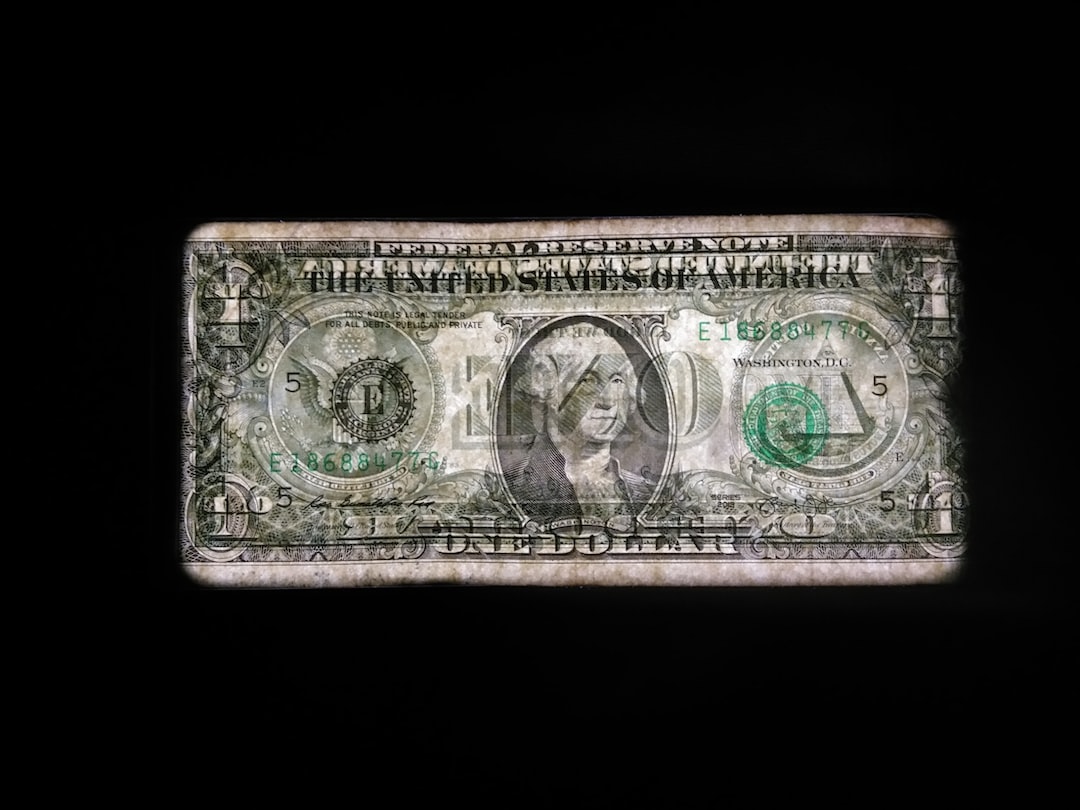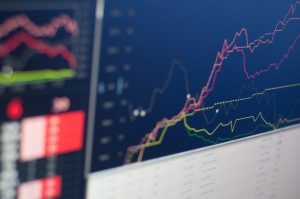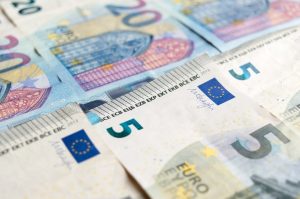Forex trading is a popular investment choice for many individuals looking to make a profit in the financial market. Leverage is an essential component of forex trading, but it can also be a double-edged sword. In this article, we will explore how much leverage should be used in forex trading and the risks associated with excessive leverage.
What is Leverage in Forex Trading?
Leverage refers to the amount of money that a trader can borrow from their broker to open larger positions in the forex market. In other words, it is a loan provided by the broker to the trader to increase their buying power. Leverage is expressed as a ratio, such as 1:50, 1:100, or 1:500, which represents how much a trader can borrow relative to their account balance.
For example, if a trader has a trading account balance of $10,000 and a leverage ratio of 1:100, they can open positions worth up to $1 million ($10,000 x 100). This means that if the trader makes a profit on their trade, they will earn a return on the $1 million position, not just their $10,000 account balance. However, if the trade goes against them, they will also lose more than their account balance.
How Much Leverage Should You Use in Forex?
The amount of leverage that a trader should use in forex depends on several factors, including their risk tolerance, trading strategy, and account size. Generally, traders with larger account balances can afford to use higher leverage ratios, while traders with smaller accounts should use lower leverage ratios to manage their risk.
As a general rule, it is recommended that traders use a leverage ratio of no more than 1:10. This means that for every $1 in their account, they can borrow up to $10 to open positions in the market. This level of leverage is considered conservative and can help traders avoid significant losses.
However, some traders may choose to use higher leverage ratios to amplify their potential profits. While this can be tempting, it also increases the risk of significant losses. Using high leverage ratios can also lead to margin calls, where the broker demands additional funds to cover losses in the trader’s account.
It is essential to remember that leverage is a tool that can work for or against traders. While it can increase buying power and potentially lead to higher profits, it can also lead to significant losses if used improperly.
Risks of Using Excessive Leverage
Using excessive leverage in forex trading can lead to several risks, including:
1. Increased Risk of Margin Calls: When a trader’s losses exceed their account balance, the broker may issue a margin call, which requires the trader to deposit additional funds to cover the losses. If the trader cannot meet the margin call, the broker may close the trader’s positions, resulting in significant losses.
2. Increased Losses: Using high leverage ratios can lead to greater losses if the trade goes against the trader. This can wipe out the trader’s account balance and even result in a negative balance, meaning the trader owes the broker money.
3. Psychological Stress: Trading with high leverage ratios can be emotionally stressful, as traders are more likely to experience significant losses. This can lead to anxiety, fear, and other emotions that can affect their decision-making in the market.
Conclusion
Leverage is an essential tool in forex trading, but it should be used wisely. Traders should assess their risk tolerance, trading strategy, and account size before deciding on a leverage ratio. While it can be tempting to use higher leverage ratios to increase buying power and potential profits, it also increases the risk of significant losses. As a general rule, it is recommended that traders use a leverage ratio of no more than 1:10 to manage their risk effectively.





